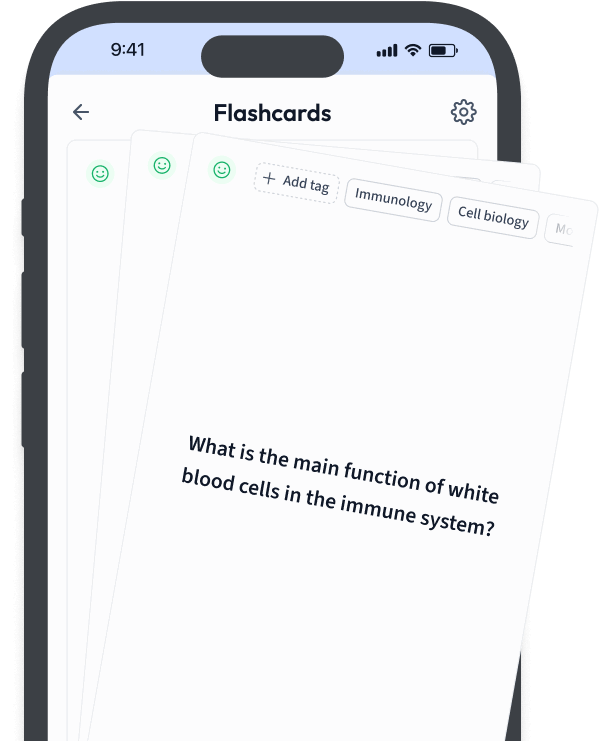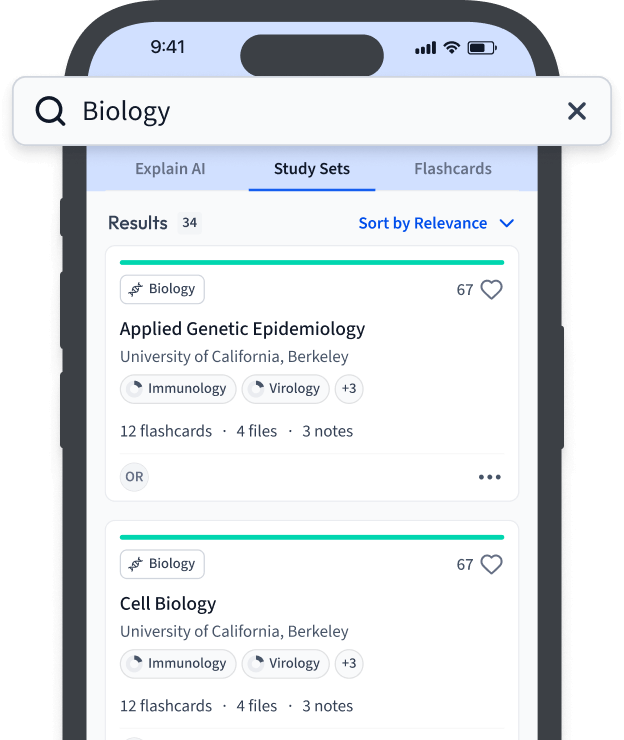Danke für dein Interesse an Audio-Lernen!
Die Funktion ist noch nicht ganz fertig, aber wir würden gerne wissen, warum du Audio-Lernen bevorzugst.
Warum bevorzugst du Audio-Lernen? (optional)
Feedback sendenDefinition Osterbrot
Osterbrot is a traditional German Easter bread, often baked and enjoyed throughout the Easter period. Known for its sweet and slightly spiced flavor, it typically includes ingredients such as flour, sugar, butter, eggs, spices, and often dried fruits like raisins. This bread is a staple in Easter celebrations in many German-speaking regions.
The term Osterbrot directly translates to 'Easter bread' in English. It is a sweet bread traditionally prepared for the Easter season, characterized by its fluffy texture and often complemented with sweet additions such as nuts and dried fruits.
Understanding Osterbrot involves recognizing its role in Easter traditions. It is more than just a baked good; it is part of a cultural tradition that symbolizes the joy and renewal associated with Easter. This bread is often shared among family members and friends, usually during an Easter brunch or breakfast.
An excellent example of Osterbrot is the one baked in Bavaria, where a rich flavor is achieved by adding a touch of rum to the dough, along with a sprinkle of lemon zest. This variation is known for its delightful blend of citrus and sweet aroma.
In some regions, Osterbrot is traditionally baked in a round shape to symbolize the cycle of life and nature.
Osterbrot Rezept
The traditional Osterbrot recipe carries with it the warmth of familial gatherings, imparting a sense of continuity through its delicious aroma and taste. Whether you are keeping up with family traditions or starting your own, learning to bake Osterbrot can be a delightful and rewarding experience.
Osterbrot nach Omas Rezept
Omas Osterbrot recipe is revered for its timeless simplicity and heartfelt taste. Passed down through generations, it captures the essence of Easter celebrations with every bite. Here’s what you need to create this traditional bread:
| Ingredients | Quantity |
| All-purpose Flour | 500g |
| Sugar | 100g |
| Butter | 100g |
| Milk | 250ml |
| Eggs | 2 |
| Raisins | 100g |
| Lemon Zest | 1 tsp |
| Dry Yeast | 10g |
Follow these steps to make Omas Osterbrot and enjoy the delightful, home-baked experience:
Add a touch of vanilla extract for an extra layer of flavor that complements the sweetness of the bread.
Zubereitung von Osterbrot Schritt für Schritt
Baking Osterbrot is an art that combines patience with precision. Here’s a step-by-step guide to help you create this traditional treat:
- Prepare the Dough: In a mixing bowl, combine flour, sugar, and yeast. Add melted butter, warm milk, and eggs. Mix thoroughly until a sticky dough forms.
- Let it Rise: Cover the dough with a kitchen towel and let it rise in a warm place until it doubles in size. This usually takes about 1-2 hours.
- Add Raisins and Zest: Knead in the raisins and lemon zest. Shape the dough into a round loaf.
- Bake: Preheat your oven to 180°C (356°F). Place the dough on a baking sheet and bake for 35-40 minutes until golden brown.
- Cool and Serve: Let the bread cool before slicing. Enjoy your homemade Osterbrot with butter or jam.
Did you know that the tradition of baking Osterbrot could be linked to ancient spring festivals that celebrated fertility and new growth? The ingredients mirror those used in symbolic fertility rites, such as nuts and dried fruits, which were often offered to deities during springtime celebrations.
Techniken für Osterbrot Backen
Mastering the art of baking Osterbrot requires not just a good recipe, but also an understanding of essential baking techniques. These techniques ensure that your bread comes out fluffy, flavorful, and perfectly baked every time.
Teig kneten
The kneading process for Osterbrot is critical for developing the gluten structure, which gives the bread its chewy texture. Proper kneading involves:
- Using the heel of your hand to push the dough forward.
- Folding the dough back over itself.
- Turning the dough a quarter turn and repeating the process.
Continue kneading until the dough is smooth and elastic.
If your dough feels too sticky, add a little flour while kneading, a tablespoon at a time, to achieve the right consistency.
Gehzeiten beachten
The rising time, known as 'proofing', is crucial for your Osterbrot to achieve the desired lightness. Here's what to do:
| Environment | Temperature | Approximate Time |
| Room Temperature | 20°C (68°F) | 1-2 hours |
| Warm Place | 25°C (77°F) | 30-45 minutes |
Ensure the dough has at least doubled in size for optimal texture.
In the world of traditional baking, the process of allowing dough to rise was often referred to as 'leavening'. This method dates back thousands of years, with ancient bakers using natural yeast found in the air to ferment and rise their bread. This technique not only enhances texture but also adds depth to the flavor profile of the bread.
Osterbrot Durchführung Anleitung
The execution of Osterbrot involves a detailed and methodical process, ensuring that each step contributes to the quality of this traditional Easter bread. Following a precise set of instructions will help you achieve the perfect loaf.
Zutaten Vorbereiten
Before you begin, ensure that all your ingredients are accurately measured and ready to use. This includes bringing butter and eggs to room temperature, as they blend more easily with other components:
- Measure flour and sugar precisely using a kitchen scale for accuracy.
- Melt and cool butter to prevent it from cooking the eggs during mixing.
- Let your milk be lukewarm for effective yeast activation.
Using lukewarm milk, rather than cold, helps activate the yeast more effectively, leading to a better rise.
Schritt-für-Schritt Anleitung
Crafting Osterbrot involves a series of steps that, when followed carefully, lead to a delicious result:
- Mischen der Zutaten: In a large bowl, combine flour, sugar, and yeast. Stir in warmed milk and beaten eggs until a smooth batter forms.
- Ruhezeit: Cover the mixture and allow it to sit in a warm environment until the dough doubles in volume.
- Kneten: After the initial rise, incorporate raisins and lemon zest. Knead the dough on a floured surface until smooth.
- Formgebung: Shape the dough into a loaf and place it on a parchment-lined baking sheet.
- Backen: Bake in a preheated oven at 180°C (356°F) for about 35-40 minutes until the crust is golden.
A variation to try is adding chopped almonds to the dough for a crunchy texture that complements the soft crumb of Osterbrot.
The baking process involves the Maillard reaction – this is a chemical reaction between amino acids and reducing sugars that gives browned foods their distinctive flavor. It's what forms the golden crust on your Osterbrot, enhancing its taste and aroma significantly.
Osterbrot - Key takeaways
- Definition Osterbrot: Osterbrot is a traditional German Easter bread, known for its sweet and slightly spiced flavor, often including raisins and spices, symbolizing joy and renewal during the Easter period.
- Osterbrot Recipe: A typical recipe includes flour, sugar, butter, milk, eggs, raisins, lemon zest, and dry yeast. Adding vanilla extract can enhance its flavor.
- Osterbrot nach Omas Rezept: Omas Osterbrot is revered for its simplicity, featuring ingredients like all-purpose flour, sugar, butter, and raisins to create a timeless, familial Easter celebration bread.
- Techniken für Osterbrot Backen: Key techniques include proper kneading to develop gluten and allowing adequate rising time or proofing for light, fluffy bread with a chewy texture.
- Zubereitung von Osterbrot Schritt für Schritt: The process involves preparing the dough, allowing it to rise, adding raisins and zest, shaping, and baking at 180°C for about 35-40 minutes.
- Osterbrot Durchführung Anleitung: Accurate preparation of ingredients and following a precise execution process guarantees a perfect traditional Easter bread, with steps from mixing ingredients to final baking.
Lerne schneller mit den 12 Karteikarten zu Osterbrot
Melde dich kostenlos an, um Zugriff auf all unsere Karteikarten zu erhalten.

Häufig gestellte Fragen zum Thema Osterbrot


Über StudySmarter
StudySmarter ist ein weltweit anerkanntes Bildungstechnologie-Unternehmen, das eine ganzheitliche Lernplattform für Schüler und Studenten aller Altersstufen und Bildungsniveaus bietet. Unsere Plattform unterstützt das Lernen in einer breiten Palette von Fächern, einschließlich MINT, Sozialwissenschaften und Sprachen, und hilft den Schülern auch, weltweit verschiedene Tests und Prüfungen wie GCSE, A Level, SAT, ACT, Abitur und mehr erfolgreich zu meistern. Wir bieten eine umfangreiche Bibliothek von Lernmaterialien, einschließlich interaktiver Karteikarten, umfassender Lehrbuchlösungen und detaillierter Erklärungen. Die fortschrittliche Technologie und Werkzeuge, die wir zur Verfügung stellen, helfen Schülern, ihre eigenen Lernmaterialien zu erstellen. Die Inhalte von StudySmarter sind nicht nur von Experten geprüft, sondern werden auch regelmäßig aktualisiert, um Genauigkeit und Relevanz zu gewährleisten.
Erfahre mehr






